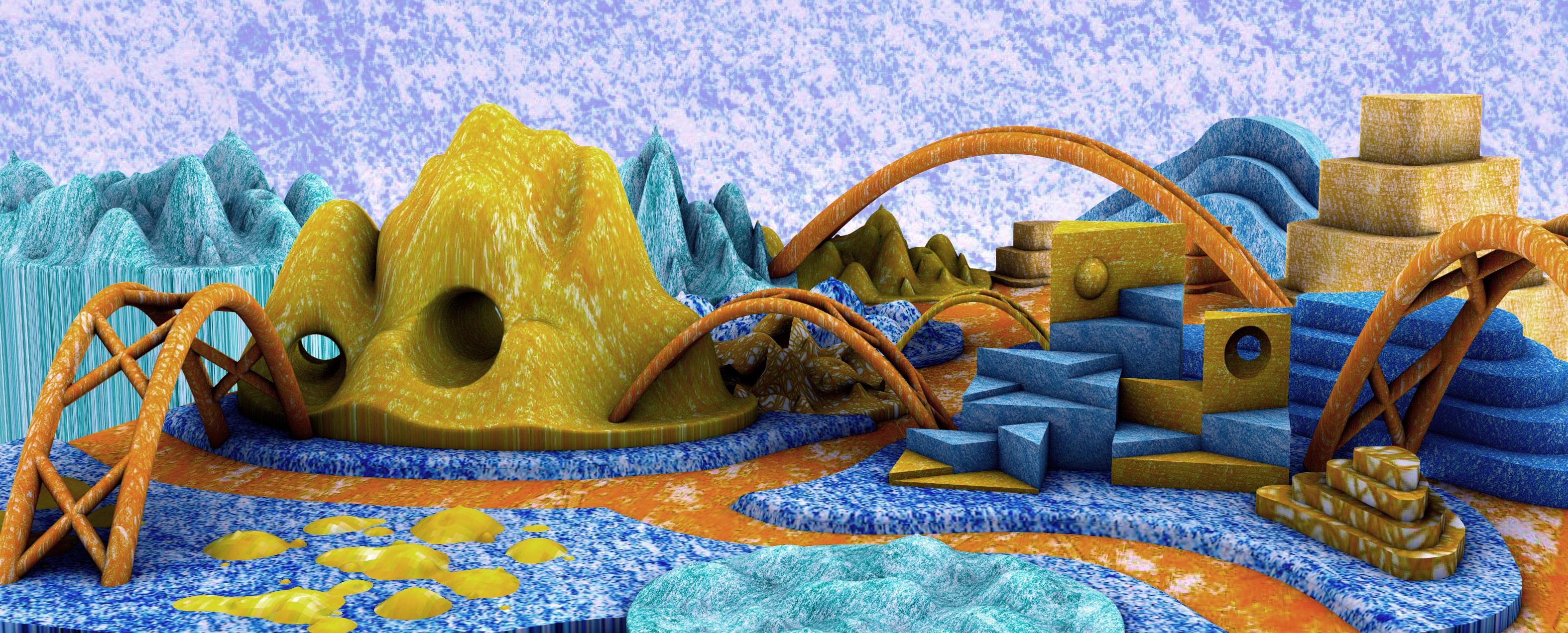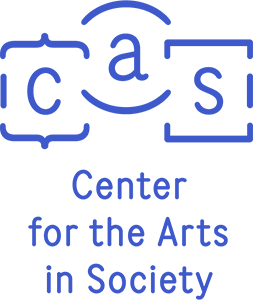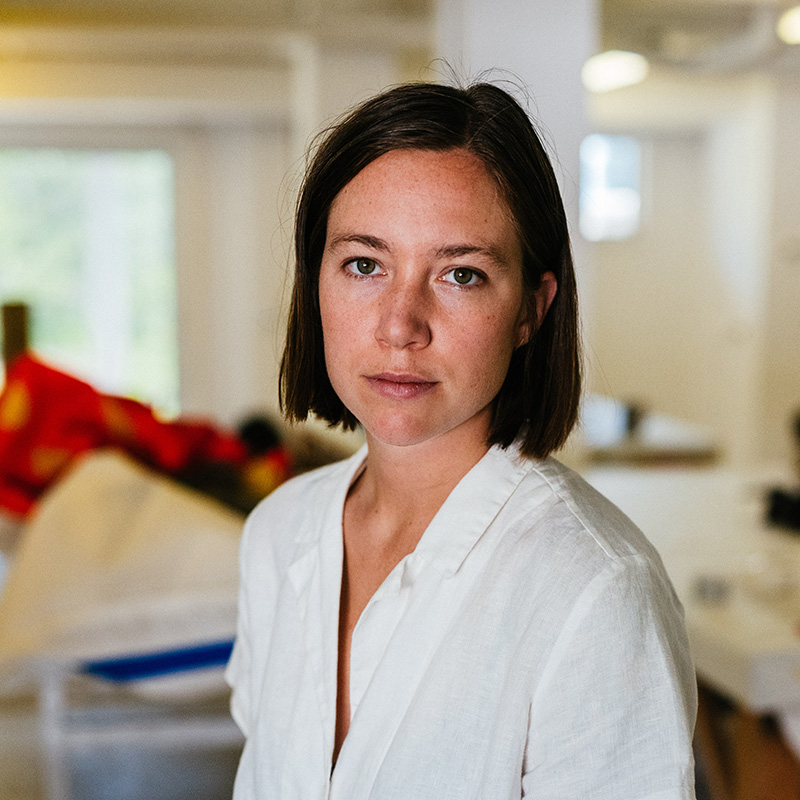
The Play Object Project
The Play Object Project at CMU is a collaborative research project studying, making, and supporting new forms of play for all ages in collaboration with Pittsburgh-based artists, organizations, and communities. The project’s goal is to increase play-based learning opportunities through art works that foster creativity, equity, critical thinking, and fun.
Currently the Play Object Project supports a variety of artistic projects, including: works by seven Pittsburgh-based artists; a community-driven open source design project called the Walking Play Tools Project; a research fellowship at the Strong National Museum of Play; an Objects of Play archive; the play hotline (844-426-PLAY); a lecture and interview series; an interdisciplinary course called Objects of Play; and an artist-in-residence program being piloted at the Children’s School, a lab preschool housed in the Department of Psychology at CMU.
The Play Object Project is directed by Isla Hansen (faculty, School of Art) and is sponsored by the Borderlines Initiative through the Center for the Arts in Society at Carnegie Mellon University, and also supported by the School of Art, the College of Fine Arts, the Frank-Ratchye STUDIO for Creative Inquiry, and the Dietrich College of Humanities and Social Sciences.
How does the Play Object Project fit into the Borderlines Initiative Theme? The Play Object Project began as a Center for the Arts in Society Borderlines Initiative project called the Play Mountain Exchange, named after Isamu Noguchi’s proposal for a playground called Play Mountain (1933). The name has changed to more clearly reflect the work being done through the project, but the original inspiration came from Noguchi’s idea of bringing an abstracted rural mountain to an urban city block; challenging the culture of public space design, playground design, and city planning that was developing through the early and mid 20th century.
The project has, from the beginning, endeavored to explore play as a lens and mechanism for seeing, thinking, and acting across cultural borderlines, in particular, the borderlines of socioeconomic, cultural, political, and racial divisions across neighborhoods, countries, and across the urban-rural divide. Through researching cultures of play as revealed through the history and contemporary life of playgrounds, play spaces, play narratives, play objects, toys, and children-centric or play-centric institutions, the project explores the differences and similarities in play across cultures.
Through the project, we found that the history, culture, and changing norms surrounding methods, styles, and the design of play, play spaces, and objects for play reveal ideological and cultural borderlines worth unearthing, and at times, worth dismantling. The project aims to uncover the codified norms surrounding play in distinct cultures and across cultures, in order to find and create situations in which these borderlines are crossed, where border lands can become autonomous spaces for play, and where children and artists are empowered to make play happen in new ways, sparking dialogue across communities that are currently extremely divided. The Play Object Project aims to cultivate a more interculturally competent society by creating new forms of play, as well as by prompting the creation of new forms by other artists, parents, community members, and children themselves. We intend for our projects to prioritize collaboration, accessibility, embodied physicality, and social, cultural, and emotional learning.
Image credit: Isla Hansen

